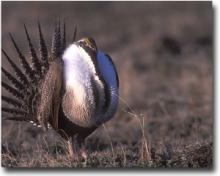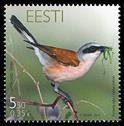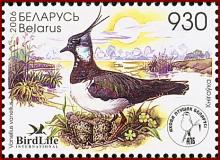
The aim of this study was to investigate the role of pesticides on neurobehavioral performances in French vineyard workers. 929 Workers affiliated to the health insurance system for farmers in the Bordeaux area of south-western France were enrolled in the study in 1997–1998. They were contacted for a first follow-up in 2001–2003. Participants completed a questionnaire and nine neurobehavioral tests. They were classified according to their life-long pesticide exposure, as directly exposed, indirectly exposed or non-exposed. Educational level, age, sex, alcohol consumption, smoking, psychotropic drug use and depressive symptoms were taken into account in the analysis. 614 subjects were available for investigation at follow-up. Follow-up analysis confirmed that the risk of obtaining a low performance on the tests was higher in exposed subjects, with ORs ranging from 1.35 to 5.60. Evolution of performances over the follow-up period demonstrated that exposed subjects had the worst decreases in performance. The risk of having a two-point lower score on the Mini-Mental State Examination was 2.15 (95% CI 1.18 to 3.94) in exposed subjects. These results suggest long-term cognitive effects of chronic exposure to pesticides and raise the issue of the risk of evolution towards dementia. The study is the first to provide prospective data on the natural history of neurological disorders associated with pesticide exposure.








